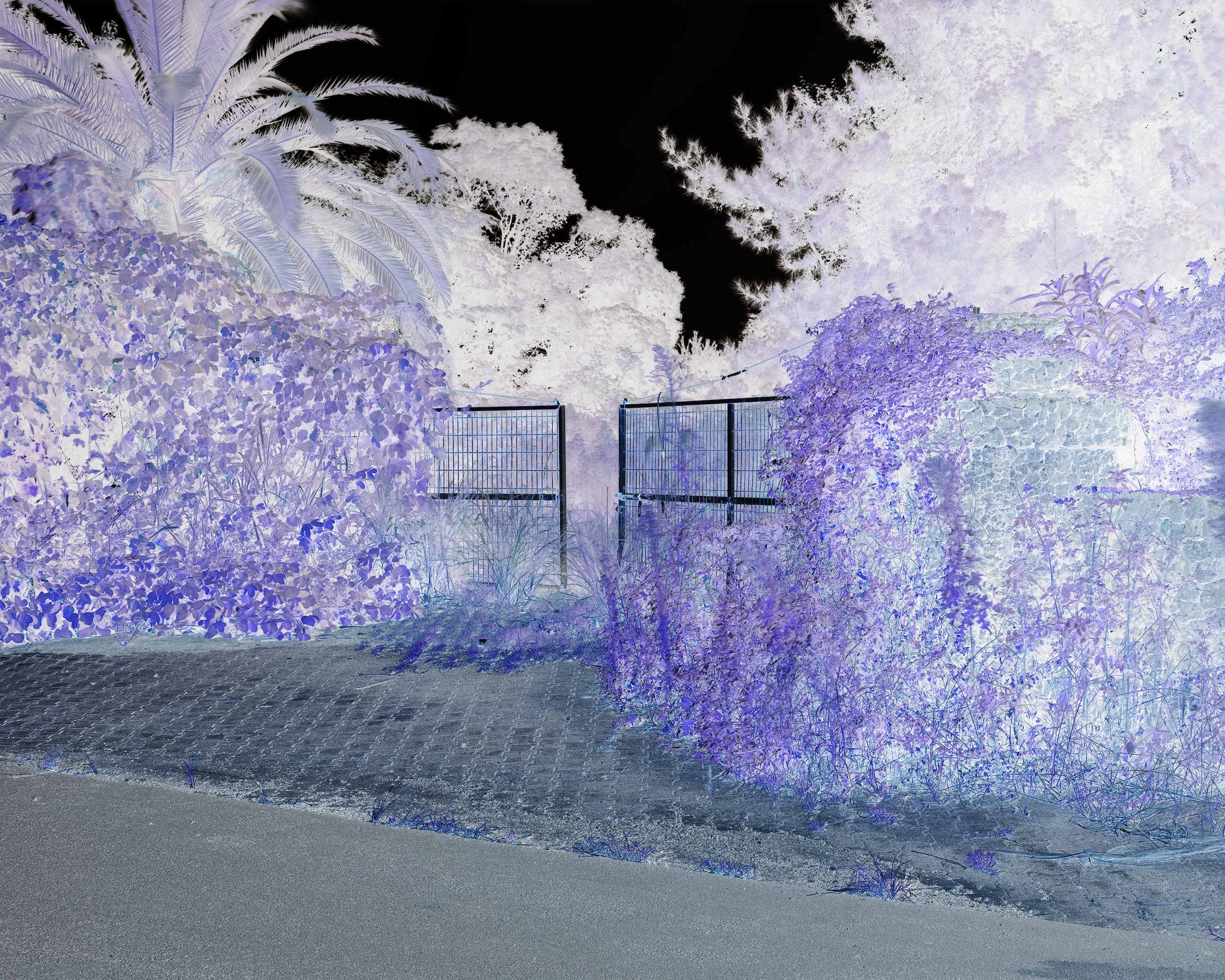© Soen Lee
The South Korean festival reaches for a new conception of the world in which humans are part of a wider, more symbiotic flow. Artistic director Emmanuelle de l’Ecotais explains
Coined in the 1980s and popularised around the turn of the century, the word ‘Anthropocene’ describes a new geological era, in which human activities have had a lasting, maybe irreversible, impact on Earth. Our planet is 4.5 billion years old yet in the last 60 years human activities have had an unprecedented impact on its systems, environment, processes and biodiversity. Last year was the warmest on record and the insect population has halved, part of an overall decline that many scientists argue is a sixth mass extinction of all living things.
Naming the Anthropocene is part-descriptive and partshock tactic, a bid to get people to take responsibility and live more sustainably. But recently new conceptualisations have emerged which take the opposite approach, seeking to decentre human beings to encourage greater harmony with other life forms. The Australian environmental philosopher Glenn Albrecht has proposed the new concept of the ‘Symbiocene’, for example, an era beyond the Anthropocene which reflects on the interconnectedness of life on Earth.
“The period in history known as the Anthropocene has socially evolved over the last 300 years under the influence of a fundamentally flawed set of dominant themes and ideas,” writes Albrecht. “Our economic, scientific and technological evolution has taken most of humanity onto a path that reduces the diversity of life, both biological and cultural, into one globalised, homogeneous and interconnected economic and technological system. It is this ecocidal system that is putting life at risk. To avoid such a fate, a new meme for the future is needed to guide our thinking and provide inspiration to all generations, but especially the young. I suggest that systematic symbiotic thinking leads to the Symbiocene, a new era that nurtures all aspects of being human in a world of other beings.”
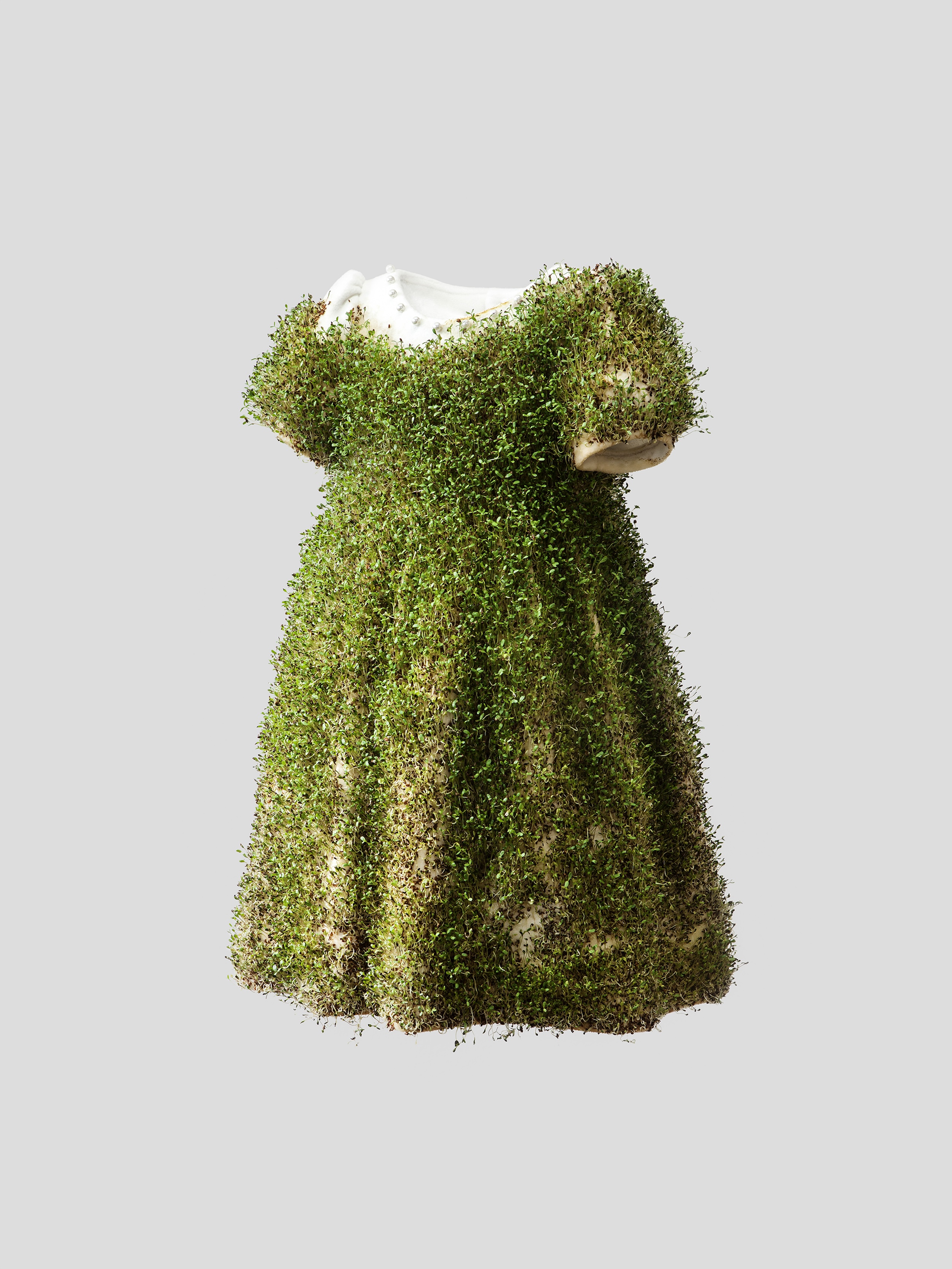
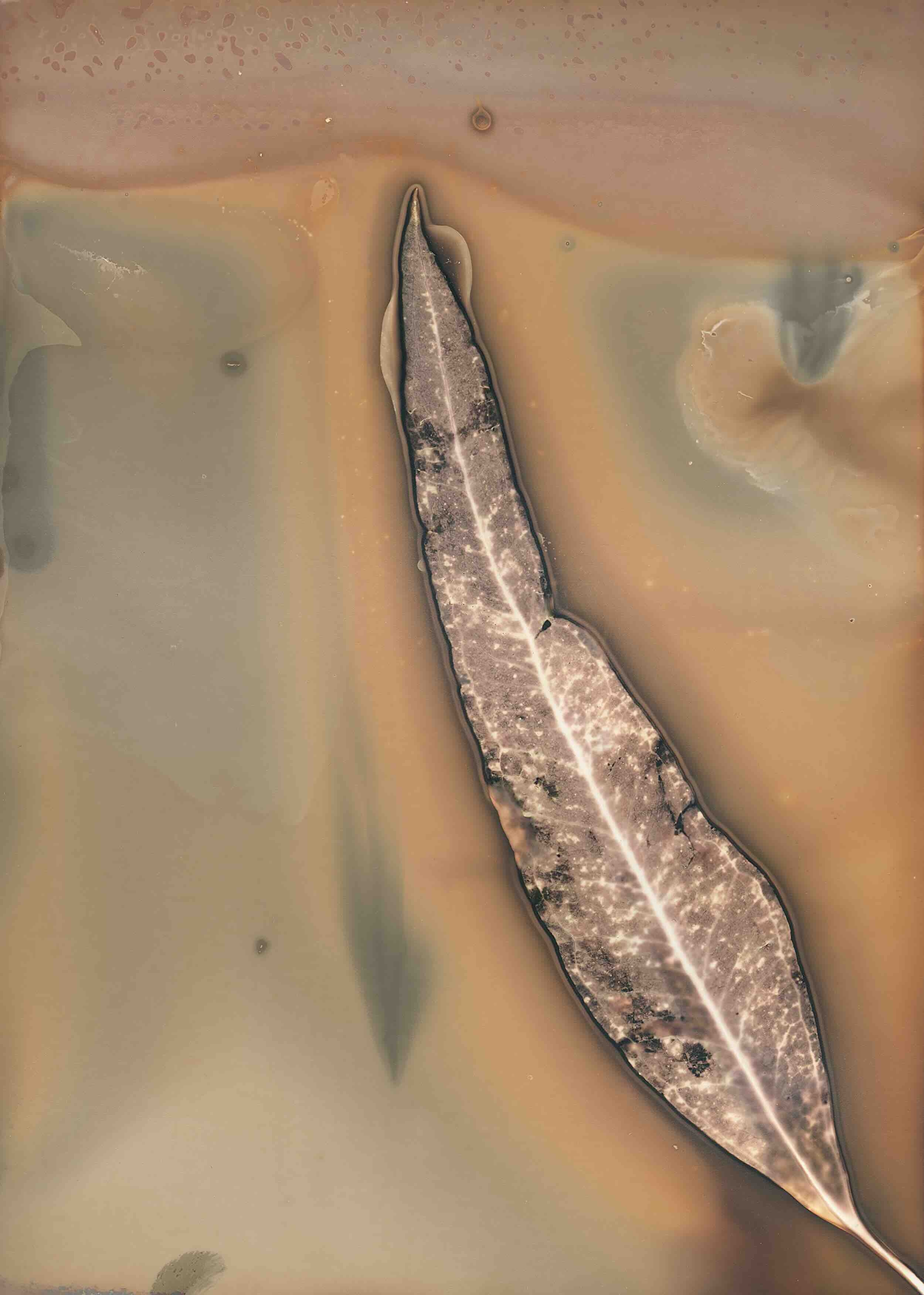
“To make it clear that, if the human is not in the centre, everything is equal and everything is important. Even things we don’t see are important, such as bacteria and other micro-organisms”
The idea of Symbiosis underpins the Daegu Photo Biennale this edition, its 10th since its foundation in 2006. The main exhibition, The Pulse of Life, considers what life is, and how humans engage with it; a second ‘special’ exhibition is titled The Origin of the World and asks what it is to be human. A third exhibition will be devoted to Rinko Kawauchi’s latest series, M/E On this Sphere Endlessly Interlinking, in which ‘M/E’ refers to Mother Earth and also the pronoun ‘me’. The Biennale is a huge undertaking, with some 80 artists included in The Pulse of Life and 75 more in The Origin of the World, as well as Kawauchi’s major solo show. The Encounters VIII exhibition, meanwhile, is a place to see work by emerging artists. Occupying some 4000 square metres in the Daegu Culture and Arts Center, south-eastern South Korea, the Biennale also includes related events such as a symposium, a photobook exhibition and a portfolio review.
This edition of the Biennale is spearheaded by Emmanuelle de l’Ecotais, an art historian who was previously curator of Centre Pompidou’s photography department, then head of the photography collection and curator of the photography department of the Musée d’Art Moderne de Paris; she is now artistic director of Photo Days in Paris as well as artistic director this time at Daegu. The Biennale has worked with international curators before – in 2012, Charlotte Cotton curated an edition titled Photography is Magic – but De l’Ecotais says that the organisers are now more keen to establish it on the global photography scene. The worldwide perspective also fits the ecological theme, as issues such as the climate crisis and insect decline are global rather than local, although their impact is unfairly felt around the globe.
De l’Ecotais is working with an international team which includes four Korean curators – Kim Sohee, Young K Kim, Yovi Song and Kwak Hye-young – who have helped her find image-makers from Korea and East Asia; she is also working with Leanne Sacramone, senior curator at Fondation Cartier pour l’art contemporain; Jessica Castex, curator at the Musée d’Art moderne de la Ville de Paris; Alain Sayag, former Centre Pompidou photography curator, and curator of The Origin of the World exhibition; Kim and Seol Hye-rin, curators of the Encounters show; and Alan Eglinton, curator of the photobook exhibition. Born in France, Eglinton is based in Seoul and runs the Same Dust photobook publisher, bookstore and project space with Eunji Park; Same Dust has an international presence at events such as Paris Photo and AIPAD, so De l’Ecotais also selected this publisher to make the Biennial catalogue. “By choosing them I am trying to be more international for the Biennial,” she says.
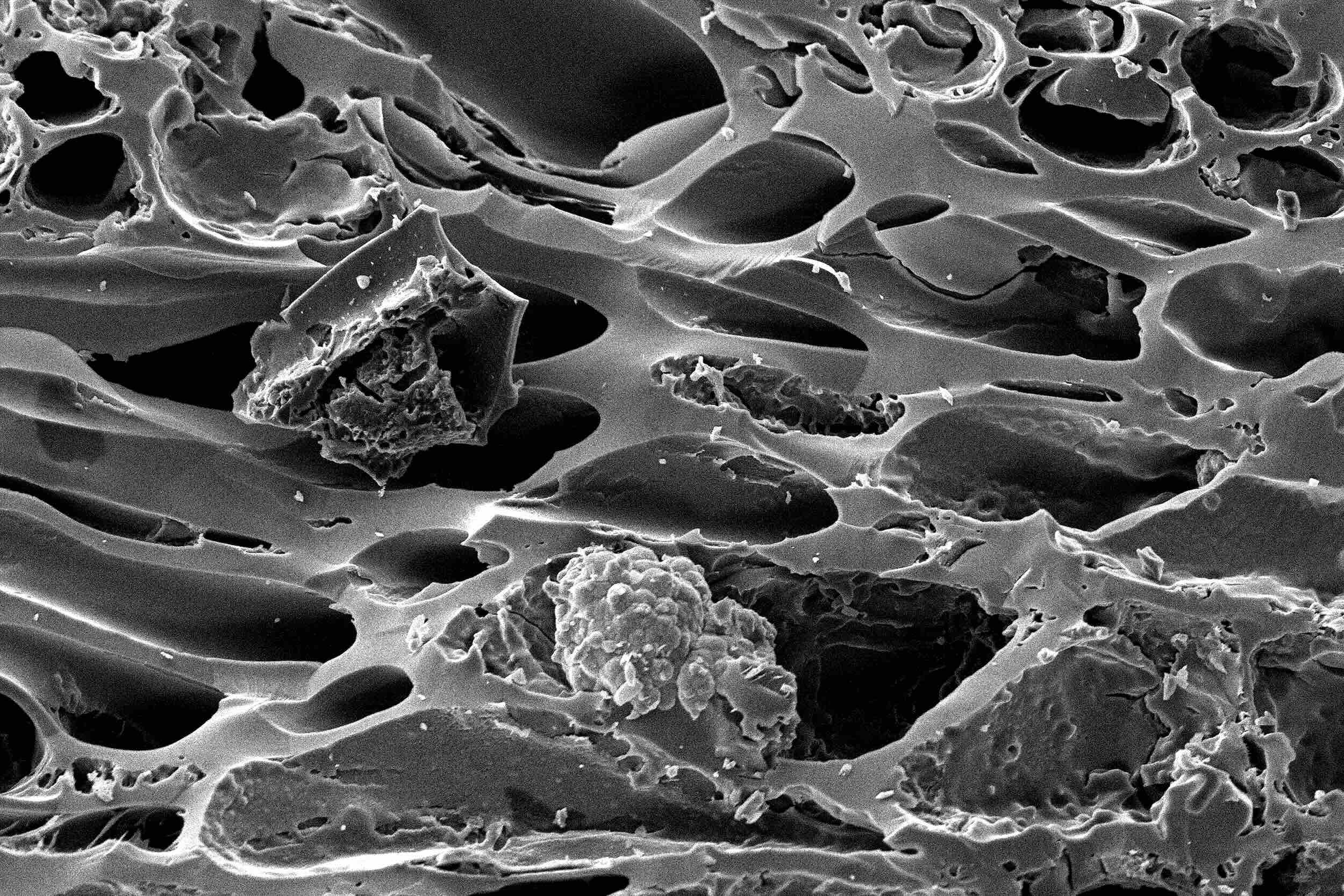
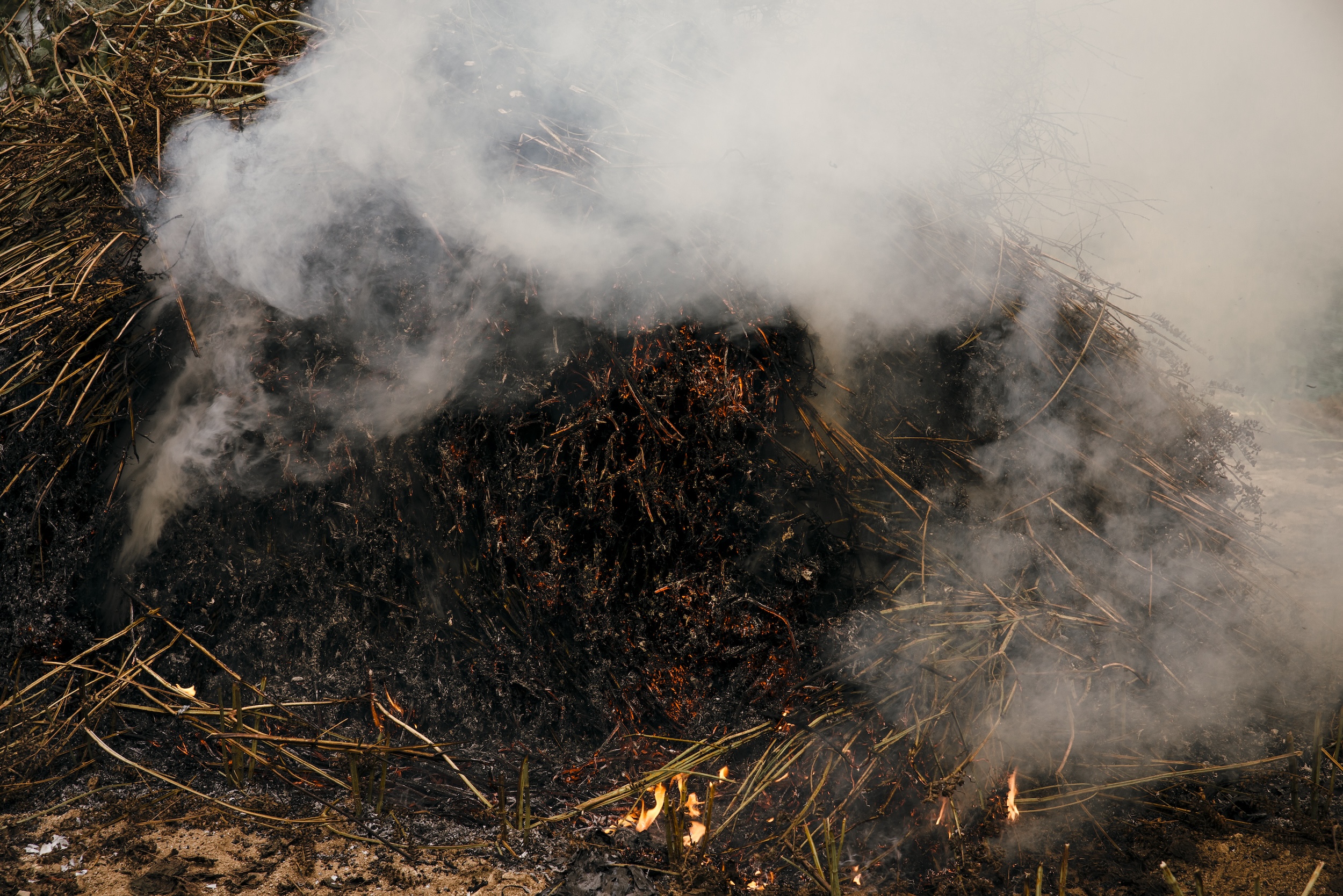
De l’Ecotais is also teaming up with Grégoire Gagneux on the exhibition design; a French architect and scenographer, Gagneux studied in France, Canada and Hong Kong, and has worked at architectural studios in Paris, Brussels and Shanghai. He has published articles on “biomimicry in experimental architecture”, and is embedding an environment-first approach to the installation at the Biennale. “Daegu Arts Center is huge and quite austere,” says De l’Ecotais. “There is granite stone everywhere, it is very grey, so it was important for me to give a more intimate feeling in the building. Grégoire had this great idea to mix traditional Korean hanji paper with a growing paper, which means you put seeds into the paper so when you are finished, you can put it in the earth and let plants grow, instead of just throwing it away. We’re going to use that paper to create colourful installations and cover the space, to make a living place with a material that is also living.”
The theme of the Biennale was suggested to De l’Ecotais by Daegu Arts Center’s architecture, part of which is shaped like a flower, with individual exhibition halls arranged around a central space like petals. The Pulse of Life will occupy some nine exhibition halls, with De l’Ecotais giving each hall separate themes such as ‘From the Earth to the Sky’, ‘Follow the Water’ and ‘The Animal Side’ (in addition, four more halls are devoted to The Origin of the World, Kawauchi’s solo show, the photobook exhibition and the portfolio review). As the titles suggest, The Pulse of Life will focus on particular aspects of the natural world in each exhibition hall, while still emphasising a sense of symbiotic continuity. “The idea is to make crossings, to show the connections between all things,” De l’Ecotais explains. “To make it clear that, if the human is not in the centre, everything is equal and everything is important. Even things we don’t see are important, such as bacteria and other micro-organisms.”
To this end she is including scientific images alongside artist works, as well as artists whose practice straddles the two genres, such as Anaïs Tondeur’s experiments with radiographs, Almudena Romero’s chlorophyll prints, or Bianca Dacosta’s scanning electron microscope images. Some work is being specially made for the Biennale, such as a large installation by Caio Reisewitz on the relationship between the land and the mining industry in Brazil. And while The Pulse of Life will include some older works, to make it clear that “artists have always considered these questions”, much of it will be contemporary and even cutting edge. It will include Ju Yon Kim’s images of clothing embedded with plants, or Josèfa Ntjam’s dense photomontages and assemblages, which chip away at Western conceptions of the world and our place in it.
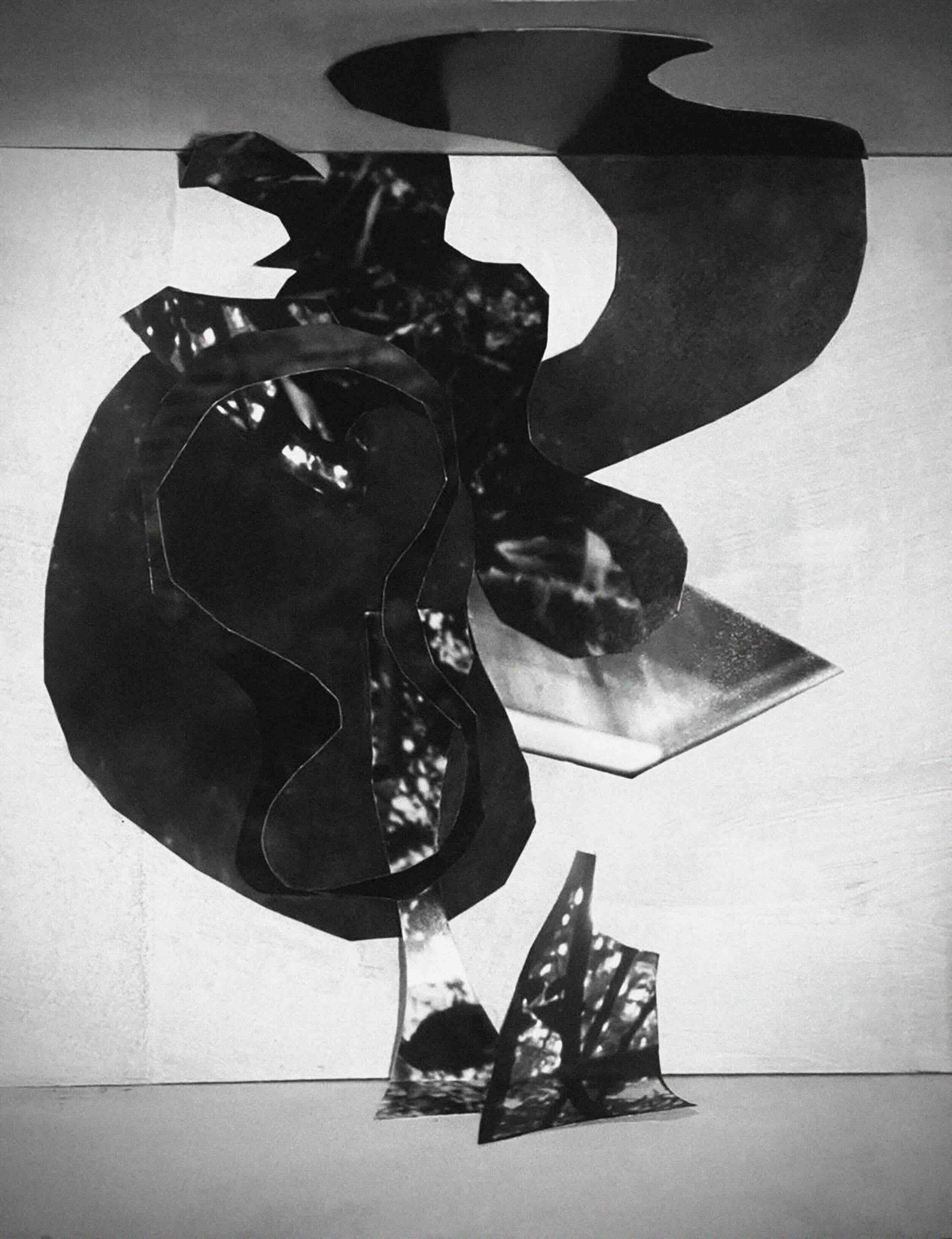
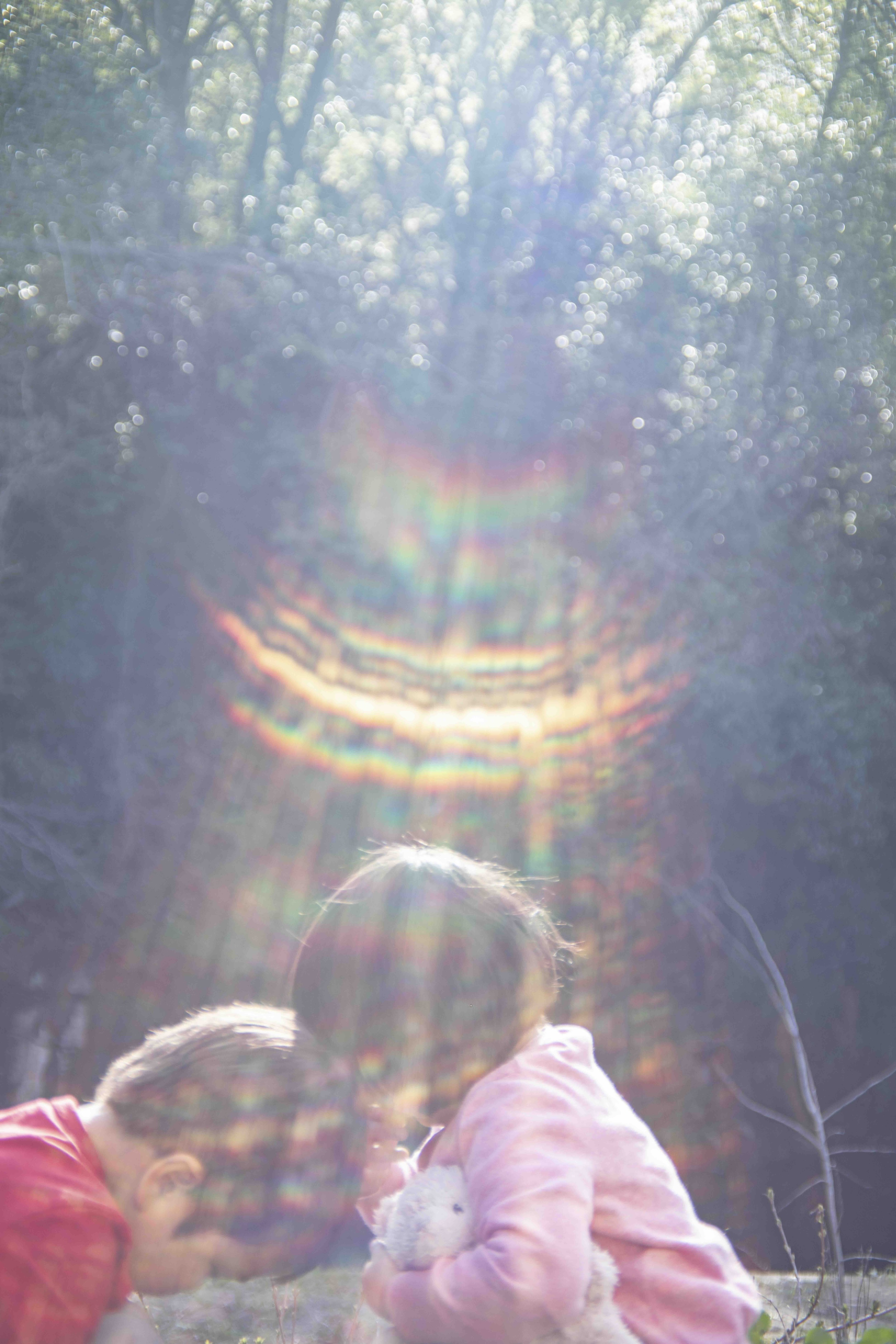
The Pulse of Life includes videos and installations as well as photographs, and works that push the boundaries of photography, or question its apparent distance from the nature it depicts. It includes Meghann Riepenhoff’s cameraless cyanotypes, for example, which are made with the sea water they depict, and a projection of Hicham Berrada’s Présage from 2007, showing a tank he originally placed directly into a gallery wall. Resembling a photograph, this tank was actually a tiny living ecosystem which would die if moved.
The Origin of the World special exhibition organised by Alain Sayag is named after the painting by Gustave Courbet; depicting a woman’s vulva, this artwork was once considered so scandalous it was covered by a curtain, but is now openly displayed in the Musée d’Orsay. Given this, argues Sayag, it is time to consider “how photographers have approached this subject – not through crude or purely anatomical images like the clichés once sold under the cloaks along the sidewalks of Pigalle but by focusing instead on the subtle illusions created by artists not immediately associated with this theme”. The exhibition includes established names such as Hans Bellmer and Nobuyoshi Araki, and feminist practice by Valie Export, Sarah Lucas and performance artist Shigeko Kubota, to look at the cultural conceptions and taboos around a body part.
The photobook exhibition will gather publications around ecology and the environment, with selected photobook artists also invited to show images on the gallery wall, including Goseong Choi, whose Counting Shadows Blackens My Fingertips is an ongoing interweaving of poetry and images contemplating the transitory nature of life. The books on show will include a collaboration between artist Nico Krebs and marine biologist Dr Song He, titled The Anemone, the Clownfish and Dr Song. “In each room I want to have a problem, but also a solution,” says De l’Ecotais. “It’s important to be positive, to look for ways to live in greater symbiosis [with the world]. Artists are a great place to start because they are sensitive about the environment, and can use their work to say something about how we are living. They can reflect all these different points of view.
“But it’s not just about strictly reproducing reality. What’s interesting about photography is that you can do much more than that; you can use it to invent a new reality.”

